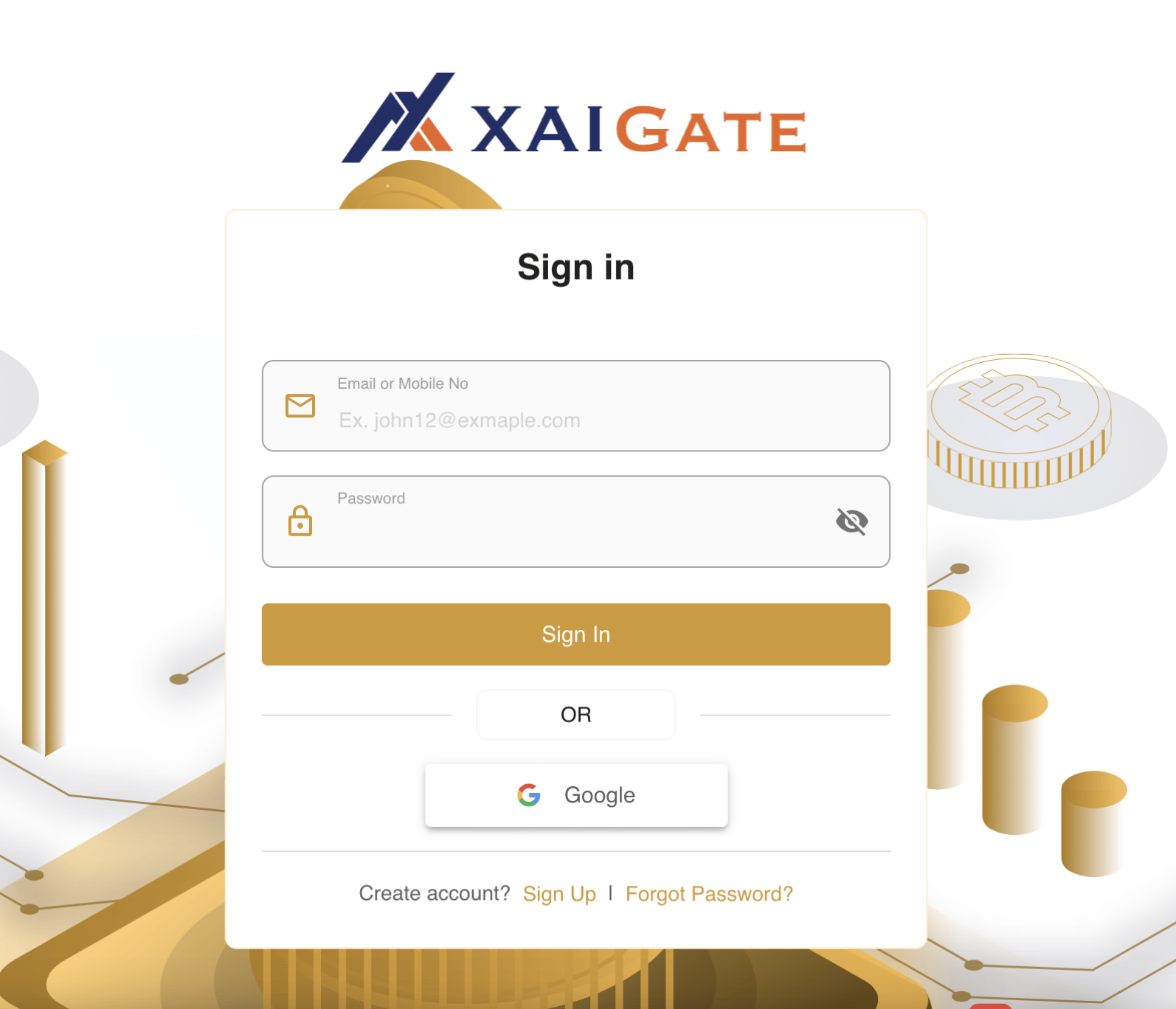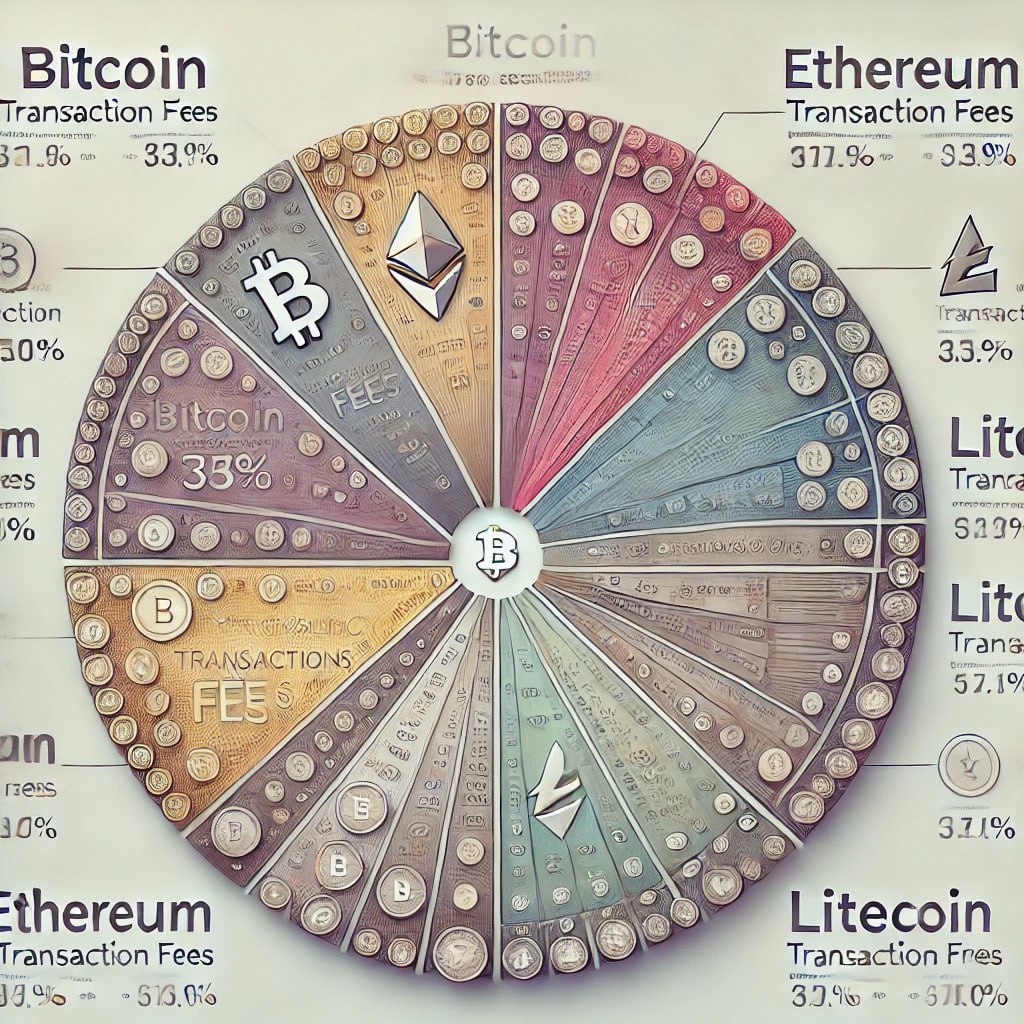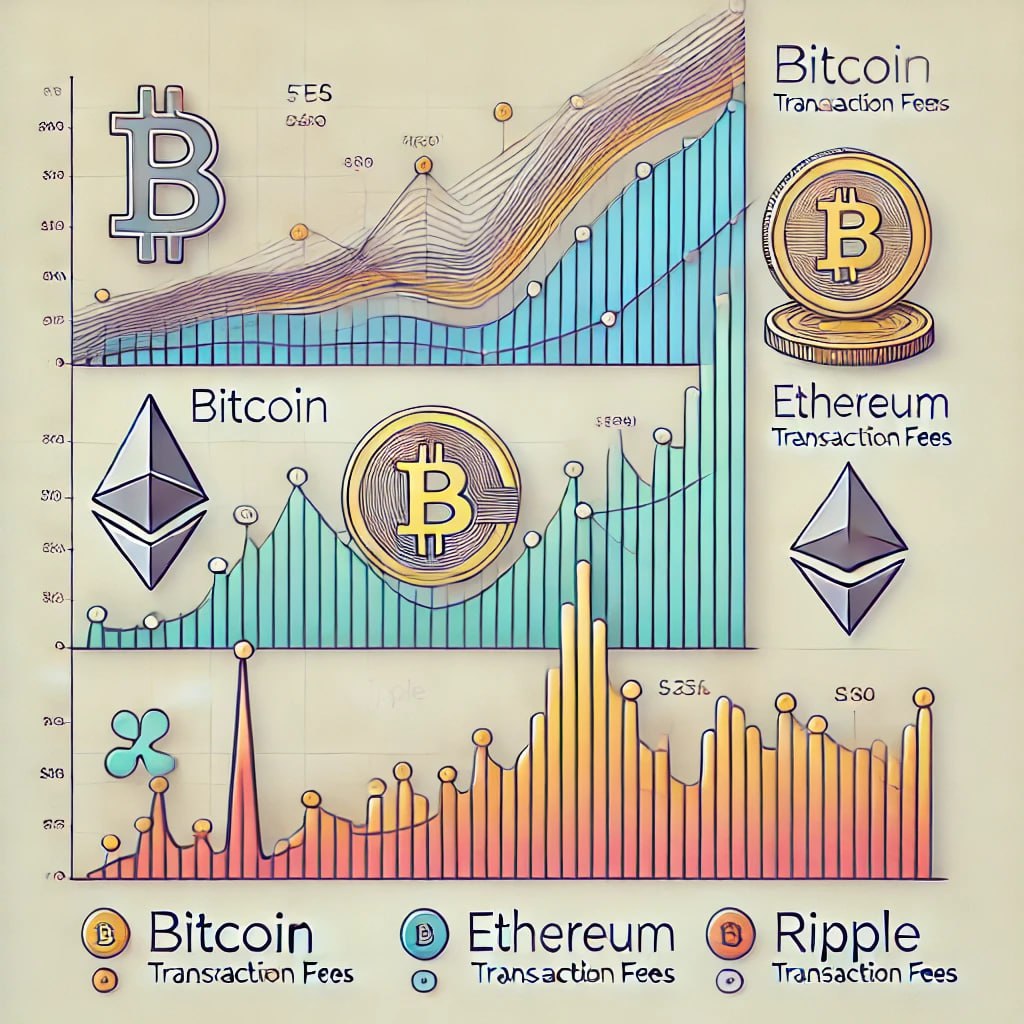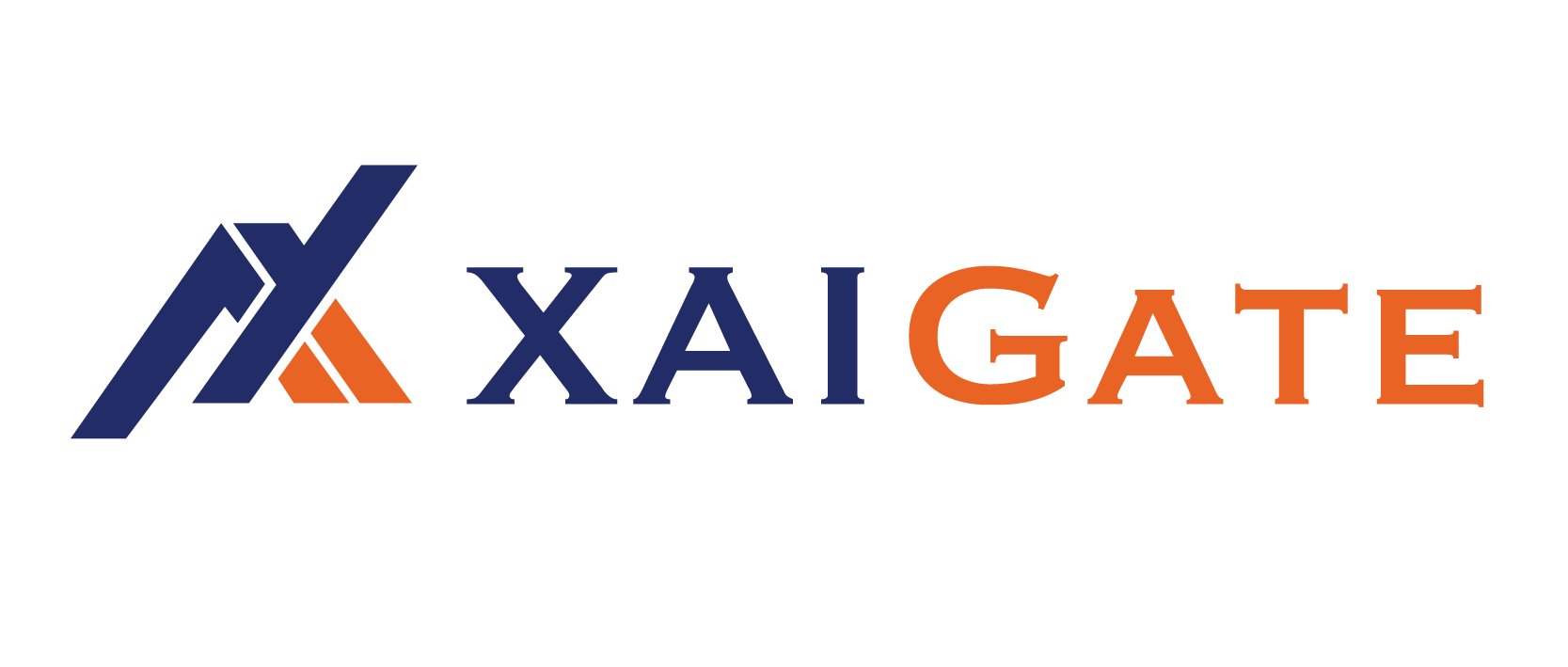Low fees - No hidden fees - No setup or monthly fees.
Cryptocurrency Payment Gateway Fee
Helping You Make Smart Financial Decisions
In addition to its low fees and flexible pricing options, XaiGate also offers a number of other features that make it a valuable choice for businesses.
- 9.866+ Supported Coins
- No Monthly Cost
- Low fees
- No hidden fees
- Deposit is FREE
- Supported 3 Network
- 0.2% Transaction Fee
- Easy to Setup
- Security
- Instant settlements
- Global reach
- 24/7 customer support

Cryptocurrencies
Bitcoin (BTC)
Transaction fee
0.0001
Processing fee
0.2%
Ethereum (ETH)
0.003
0.2%
Bitcoin Cash (BCH)
0.01
0.2%
Binance Coin (BNB)
0.005
0.2%
DogeCoin (DOGE)
6
0.2%
Tether USD ERC20
3-6
0.2%
Tether USD TRC20
1-3
0.2%
Litecoin (LTC)
0.006
0.2%
Tron (TRX)
8
0.2%
Monero (XMR)
0.005
0.2%
Dash (DASH)
0.02
0.2%
Solana (SOL)
0.0001
0.2%
Ether Classic (ETC)
0.001
0.2%
Waves (WAVES)
0.001
0.2%
Ripple (XRP)
3
0.2%
NEM (XEM)
4
0.2%
Telos (TLOS)
0.3
0.2%
Qtum (QTUM)
0.015
0.2%
Crypto Payment Gateway Fee
Crypto Exchange Fees Calculator
Demystifying Crypto Fees with a Calculator
Trading in the volatile world of cryptocurrencies brings a thrill unmatched by traditional markets. However, alongside the potential for high returns lurks a hidden enemy: fees. Understanding and calculating these fees can make the difference between a profitable venture and a costly learning experience. This article serves as your guide, demystifying the intricacies of crypto fees and equipping you with the power of a crypto fee calculator.

Types of Crypto Fees
The crypto landscape abounds with diverse fees, each with its own bite. Let’s dissect the most common ones:
- Trading fees: These are the primary charges levied on every buy and sell order. The fees can be a flat rate, a percentage of the trade value, or even a tiered system based on trading volume.
- Withdrawal fees: Moving your crypto from an exchange to a personal wallet incurs withdrawal fees. These fees vary depending on the network congestion and the chosen withdrawal method (faster networks typically charge more).
- Deposit fees: While some exchanges waive deposit fees, others charge a fixed amount or a percentage of the deposited amount. Be mindful of these charges, especially for smaller deposits.
- Maker/taker fees: These fees incentivize market liquidity. Makers are those who add orders to the order book, providing liquidity, while takers remove orders, taking liquidity. Typically, maker fees are lower than taker fees, encouraging order creation.
- Network fees: Blockchain transactions incur fees paid to miners or validators who maintain the network. These fees fluctuate based on network congestion and are independent of the exchange.
Crypto FEE Calculator
Cryptocurrency Fee Calculator and Crypto Fees Chart
Beyond the basic fees, several other factors can affect your overall cost:
- Spreads: The difference between the buy and sell price offered by an exchange can significantly impact your effective trading fees. Tight spreads minimize this cost.
- Payment methods: Funding your account or withdrawing funds using certain methods might incur additional fees. For example, credit card purchases often carry higher fees than bank transfers.
- Margin trading: Leveraged trading amplifies both profits and losses, and additional fees might be charged for borrowing the margin.
- Staking/lending: Earning interest on your crypto might involve fees for platform usage or pool management.

Navigating this complex web of fees can be daunting, but fear not! Enter the crypto fee calculator, your valiant steed in this financial quest. These online tools, offered by various platforms and exchanges, simplify the process by:
- Comparing fees across multiple exchanges: Enter your desired trade details (crypto pair, amount, exchange), and the calculator displays the estimated fees for each platform. This allows you to choose the most cost-effective option.
- Breaking down fee components: The calculator clearly shows the individual fees involved (trading, withdrawal, network) and their impact on your total cost.
- Accounting for additional factors: Some calculators can incorporate spreads, payment methods, and other variables to provide a more accurate fee estimate.
To wield the calculator effectively, remember these pointers:
- Choose a reputable calculator: Not all calculators are created equal. Seek one offered by a trusted platform or exchange with a reliable track record.
- Provide accurate information: Ensure you enter all relevant details, including the crypto pair, order type, and preferred payment method, for the most accurate estimate.
- Compare multiple options: Don’t rely on just one calculator. Compare results across different platforms to find the best deal.
- Understand the limitations: Calculators provide estimates, not guarantees. Real-time fees might fluctuate slightly.
- Use it as a guide, not a gospel: Ultimately, the calculator is a tool to inform your decision-making. Always consider other factors such as exchange reliability, security, and user experience before choosing a platform.
Cryptocurrency Fees Chart: Understanding Transaction Costs Across Different Blockchains
As the adoption of cryptocurrencies continues to grow, businesses and individuals are paying closer attention to the costs associated with using digital currencies. The Cryptocurrency Fees Chart provides a clear overview of transaction fees across various blockchain networks, helping users make informed decisions about which cryptocurrency to use for payments, transfers, or investments. Transaction fees are a critical factor to consider, as they can impact the overall cost-effectiveness and speed of transactions, especially for businesses processing high volumes of payments.
Why Do Cryptocurrency Fees Vary?
Transaction fees in cryptocurrency networks, also known as “gas fees” or “network fees,” vary based on several factors:
Blockchain Traffic: The more congested a blockchain network is, the higher the fees. For example, during periods of high demand on the Bitcoin or Ethereum networks, fees can surge significantly as users compete to have their transactions processed quickly.
Transaction Complexity: Some transactions require more computational power to process. For instance, smart contracts on the Ethereum network involve more complex operations compared to a simple transfer of funds, which can lead to higher fees.
Block Size: Each blockchain has a specific block size limit that determines how many transactions can be included in a block. If the block size is full, users may need to pay higher fees to prioritize their transaction for faster processing.
Token vs. Native Coin: Some blockchain networks charge higher fees for transferring tokens compared to their native coins. For example, transferring ERC-20 tokens on the Ethereum network usually incurs higher fees than sending ETH (Ethereum’s native coin).
Understanding these factors can help users manage their transactions more efficiently, whether they are sending funds, paying for goods, or using crypto in business transactions.
How to Use the Cryptocurrency Fees Chart
The Cryptocurrency Fees Chart is a valuable tool for comparing transaction costs across different blockchain networks. Here’s how you can leverage the chart:
Compare Popular Cryptocurrencies: Whether you are using Bitcoin, Ethereum, Litecoin, or newer cryptocurrencies like Solana or Cardano, the chart provides real-time information on average transaction fees for each network. This allows users to choose the most cost-effective cryptocurrency based on their needs.
Understand Fee Trends: Fees fluctuate over time due to changes in network activity. The Cryptocurrency Fees Chart allows users to track these trends, helping them decide the best times to initiate transactions to avoid high fees.
Optimize Business Payments: For businesses accepting cryptocurrency payments, understanding fee structures is essential for cost management. By using the chart, merchants can choose the cryptocurrencies that offer the lowest fees, maximizing their profit margins and improving the customer experience with faster and more affordable payment options.
Examples of Cryptocurrency Fees (as of 2025)
Bitcoin (BTC): Bitcoin fees are known to fluctuate greatly depending on network congestion. Typically, Bitcoin transaction fees can range from $1 to $10, but during high demand, these fees can surge higher.
Ethereum (ETH): Ethereum is known for its higher transaction fees, especially when using the network for decentralized finance (DeFi) applications or transferring ERC-20 tokens. Fees can range from $5 to $50 depending on traffic.
Litecoin (LTC): As a faster and more affordable alternative to Bitcoin, Litecoin’s transaction fees are generally much lower, averaging around $0.01 to $0.10 per transaction.
Solana (SOL): Solana offers one of the lowest fees, averaging less than $0.01 per transaction due to its high-speed and scalable network architecture.
Cardano (ADA): Cardano fees are also relatively low, typically ranging between $0.10 to $0.20, making it an attractive option for those looking for affordable transactions.
These are just a few examples, and the Cryptocurrency Fees Chart allows for real-time updates on dozens of popular and emerging cryptocurrencies, helping users keep up with changing fee structures.
How to Reduce Cryptocurrency Transaction Fees
For users and businesses alike, reducing cryptocurrency transaction fees can lead to significant cost savings. Here are a few strategies:
Choose Off-Peak Times: Fees are often lower during periods of low network activity. By timing your transactions during off-peak hours, such as late at night or on weekends, you may be able to save on fees.
Use Layer 2 Solutions: Some blockchain networks, like Ethereum, offer Layer 2 scaling solutions such as Optimism or Arbitrum. These solutions allow users to make transactions on a secondary layer of the blockchain with significantly lower fees, while still benefiting from the security of the main network.
Select Lower-Cost Cryptocurrencies: As highlighted in the Cryptocurrency Fees Chart, some cryptocurrencies offer much lower fees than others. For example, using Solana or Cardano for transactions can be much cheaper than Bitcoin or Ethereum during peak times.
Consolidate Transactions: If possible, consolidating multiple transactions into one can help reduce the overall fees. For example, businesses processing large volumes of payments can batch them into a single transaction to minimize costs.
Why Cryptocurrency Fees Matter for Businesses
For businesses that accept cryptocurrency payments, understanding transaction fees is crucial for maintaining profitability. High fees can eat into margins, particularly for smaller transactions. By using the Cryptocurrency Fees Chart, businesses can identify which cryptocurrencies offer the best balance of cost and efficiency. This allows merchants to optimize their payment process, offering customers faster and more affordable options while keeping operational costs low.
In addition, monitoring transaction fees is important for businesses that deal with international customers. Cryptocurrencies offer a more cost-effective alternative to traditional banking systems, which often involve high fees and long processing times for cross-border payments. By choosing cryptocurrencies with lower transaction fees, businesses can improve their cash flow and provide a smoother payment experience for their global customer base.

Stay Informed with the Cryptocurrency Fees Chart
As the cryptocurrency market continues to evolve, transaction fees will remain a key consideration for both users and businesses. The Cryptocurrency Fees Chart offers real-time data to help you make the best decisions for your transactions. Whether you are transferring funds, making payments, or accepting cryptocurrency as a business, staying informed about fees is essential for cost management and maximizing your use of digital currencies.
Frequently Asked Questions (FAQs) – Cryptocurrency Fees Chart
1. What is a Cryptocurrency Fees Chart and why is it important?
A cryptocurrency fees chart is a dynamic tool that provides real-time insight into network fees across major blockchain ecosystems. This chart helps users and businesses understand:
The transaction cost differences between coins like Bitcoin, Ethereum, and Solana.
How network congestion and blockchain architecture impact gas or transaction fees.
Why fee transparency is crucial when selecting a payment method for your platform.
By consulting this chart, merchants can optimize their transaction strategies and select crypto assets with the lowest overhead.
2. What types of fees are displayed in the chart?
The chart outlines two main types of fees:
Network fees (also called gas fees): These are paid directly to miners or validators to process the transaction on the blockchain.
Processing fees: This is a percentage-based fee (e.g., 0.2%) charged by platforms like XAIGATE for handling the payment process.
These fees vary by asset and change in real-time, depending on network conditions and market activity.
3. Why do transaction fees vary across different cryptocurrencies?
Several factors affect transaction fees, including:
Network congestion: High activity periods result in higher fees.
Block size and transaction speed: Chains like Solana or Avalanche offer lower fees due to faster processing and efficient design.
Smart contract complexity: Interacting with DeFi protocols or NFTs on Ethereum often costs more due to computation-heavy transactions.
Therefore, users need to evaluate both speed and cost when choosing a crypto asset for payments.
4. Are there any hidden charges or minimum transaction amounts?
No, XAIGATE is committed to full transparency. Users will only pay:
A fixed processing fee of 0.2%, and
The real-time blockchain fee set by the selected network.
There are no setup fees, monthly fees, or hidden costs.
This approach makes XAIGATE ideal for both small and high-volume crypto transactions.
5. How can businesses use the chart to reduce transaction costs?
Savvy merchants use the fee chart to:
Identify low-cost assets like USDT on Tron or SOL on Solana.
Time transactions during off-peak hours when networks are less congested.
Optimize checkout flows by offering customers the most cost-effective crypto options.
Using the chart strategically leads to lower operational costs and improved user satisfaction.
6. How often is the data in the chart updated?
The chart is updated in real-time, pulling data directly from public blockchain APIs (e.g., Etherscan, Solscan, or Blockchain.com). This ensures merchants and users always have access to the most accurate and current fee data.
Real-time data helps avoid costly miscalculations and allows for smarter payment routing.
7. Can I estimate the total cost of a crypto transaction before sending it?
Yes. The chart is paired with a crypto fees calculator, allowing users to input:
The amount to send
The chosen network or token
Estimated transaction volume
The tool then provides a breakdown of the processing fee + blockchain fee, giving you full visibility before confirming payment.
8. Why is understanding fee structure important for eCommerce?
For online businesses, even small fee differences can significantly affect:
Profit margins
Cart abandonment rates
Customer trust
By clearly communicating transaction costs and minimizing fees, businesses improve their overall conversion rates and build credibility in the crypto space.
9. What are the lowest-fee cryptocurrencies for payment processing in 2025?
As of 2025, some of the most affordable crypto networks for transactions include:
Solana (SOL): Often under $0.01 per transaction.
Tron (USDT-TRC20): Near-zero network fees.
Litecoin (LTC): Fast and cost-effective.
Polygon (MATIC): Ideal for low-cost smart contract interactions.
These assets are increasingly popular for merchants seeking scalable, low-fee crypto solutions.
10. How can I reduce crypto payment fees for my business?
Here are a few practical tips:
Enable multi-currency checkout and let customers choose low-fee tokens.
Implement gas fee optimization via Layer-2 solutions (e.g., Arbitrum, Optimism).
Automate network selection using smart routing tools based on real-time fee data.
Use a gateway like XAIGATE, which provides an optimized fee engine and transparent pricing.
These steps ensure that your crypto payment system remains competitive and efficient.
Get Started with XAIGATE’s Cryptocurrency Payment Solutions
Secure crypto payment gateway provides a comprehensive cryptocurrency payment gateway that helps businesses manage fees and optimize their crypto transactions. With real-time access to the Cryptocurrency Fees Chart, you can stay ahead of the curve and ensure that your payments are processed efficiently and affordably. Start leveraging the power of cryptocurrency payments today with XAIGATE’s advanced solutions.

 Start Accepting Crypto Payments today!
Start Accepting Crypto Payments today!

